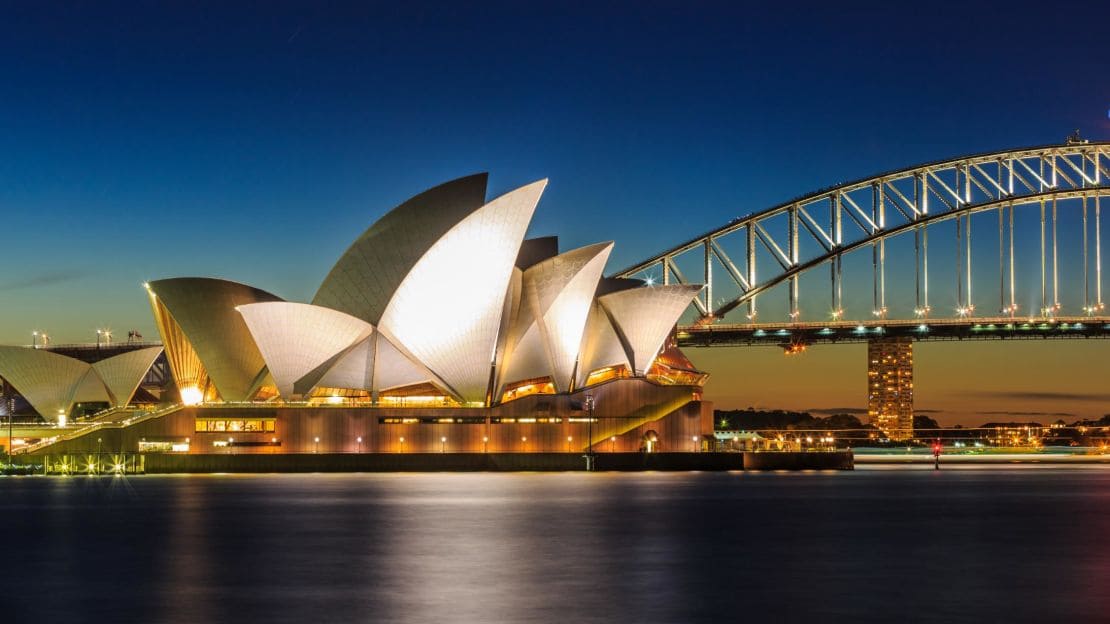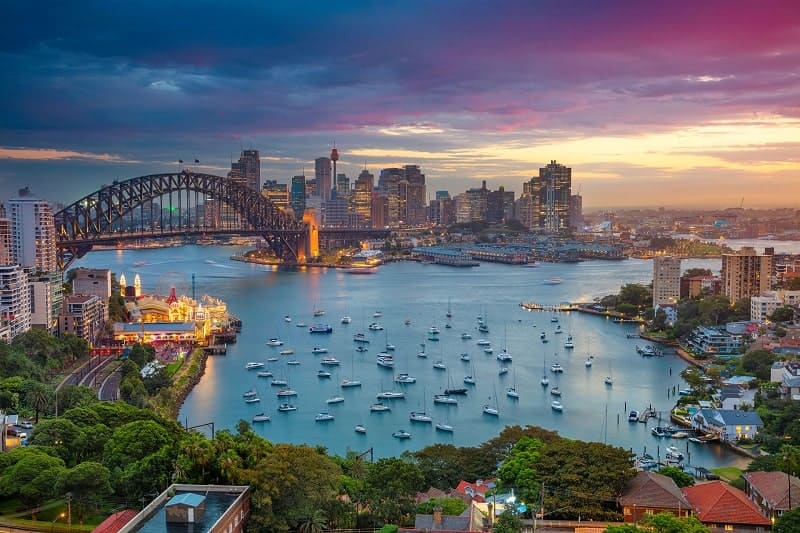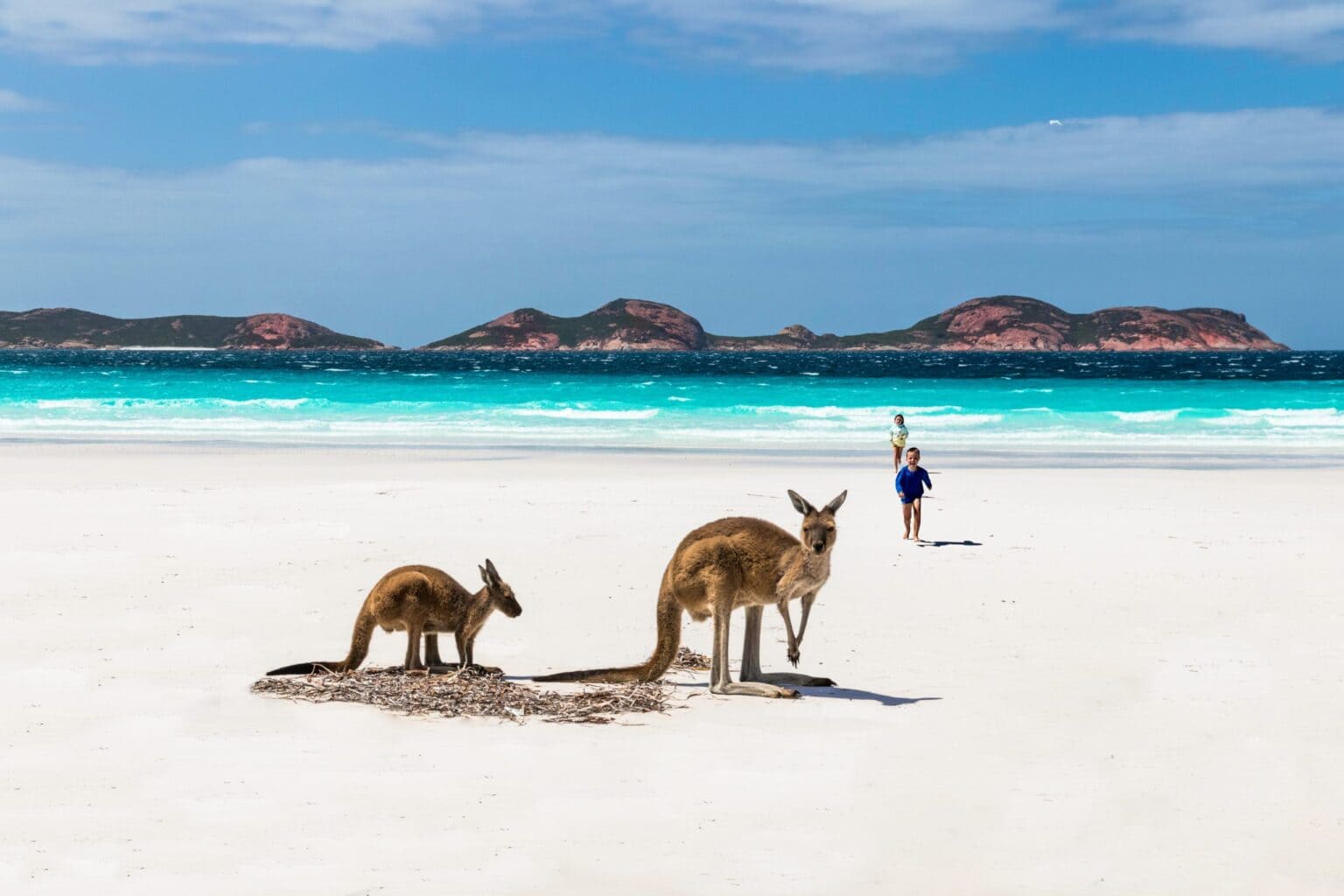
When is the best time to visit Australia?

Australia is a vast country with diverse climates and stunning landscapes, making it a top destination for travelers from all over the globe. The best time to visit Australia largely depends on what experiences you seek, as various regions enjoy different peak seasons. Generally, the optimal times to explore major destinations are during the spring (September to November) and autumn (March to May) months when the weather is mild, and crowds are manageable. However, depending on specific activities, summer (December to February) in the southern parts and winter (June to August) in the north can also be appealing. In this article, we will delve deeper into the best times to visit different regions of Australia, helping you plan your perfect getaway.
Understanding Australia’s Seasons
Australia is located in the Southern Hemisphere, which means its seasons are the opposite of those in the Northern Hemisphere. This fundamental difference is crucial for travelers when planning their trips. The summer months run from December to February, featuring warmer temperatures, particularly in the southern regions such as Melbourne and Sydney, where you can enjoy beach activities. Autumn spans from March to May, offering mild temperatures and vibrant autumn foliage, especially in cities like Canberra. Winter (June to August) is a prime time to explore northern destinations such as Cairns and the Great Barrier Reef, where warmer waters attract tourists for snorkeling and diving. Lastly, spring (September to November) is an enchanting time to visit, with blooming wildflowers and comfortable weather setting the stage for outdoor adventures.
Regions and Their Best Visit Times

When considering a visit to Australia, it’s essential to take into account the specific region you’ll be exploring. Each area has its own climate and seasonal highlights, making it crucial to tailor your trip accordingly. Here’s a comprehensive list of Australia’s key regions and their ideal visiting times:
-
- East Coast (Sydney, Brisbane): Best visited from September to November and March to May.
- Great Barrier Reef: Ideal during the dry season from June to October.
- Melbourne: Perfect in spring (September to November) for cultural events and festivals.
- South Australia (Adelaide): Best from March to May when the weather is mild and pleasant.
- Western Australia (Perth): Visit during spring (September to November) for wildflower season.
This guide helps ease the decision-making process for your travel schedule. By understanding the seasonal influences and specific regional highlights, you can plan your visit to suit your interests, whether that’s surfing in Sydney or experiencing the wine regions of South Australia.
Major Events and Festivals

Australia is renowned for its vibrant culture and numerous events throughout the year. When planning your visit, you might want to synchronize your trip with one of these exciting festivals or events to enrich your experience. Some of Australia’s most notable events include:
- Sydney Festival: Held every January, this arts festival features performances, music, and art installations.
- Melbourne International Comedy Festival: Each March and April, it brings together comedians from around the globe for a month of laughter.
- Adelaide Fringe: The largest arts festival in the Southern Hemisphere, taking place in February and March.
- Vivid Sydney: A stunning light exhibition occurring from May to June, illuminating the city with artistry.
- Splendour in the Grass: A popular music festival held in July in Byron Bay, attracting major international acts.
Attending these events allows travelers to immerse themselves in the local culture, meet new people, and experience Australia in a unique way that goes beyond the usual tourist attractions.
Weather Considerations
Weather plays a significant role in determining the best time to visit Australia. With its varying climates, the experience can change dramatically depending on the season and region. For instance, while a hot summer might contribute to beach days for some, it can also lead to extreme heat in the interior regions like Alice Springs. Conversely, winter in the northern states, such as Queensland, usually features warm with little rain, perfect for outdoor activities. Travelers should also be aware of the wet season, particularly in the tropical regions, which typically runs from December to March, characterized by heavy rain and humidity. Understanding these weather patterns will help you pick the ideal time to engage in specific outdoor activities such as hiking or swimming.

Conclusion
In summary, the best time to visit Australia depends on your specific travel desires, preferred activities, and regional interests. By being mindful of the distinct seasons and various regional highlights, you can strategically plan your trip for maximum enjoyment. Whether you wish to explore the bustling cities, embrace the natural wonders, or participate in cultural festivals, Australia offers a unique experience at any time of the year. Remember to consider weather patterns and special events to find the perfect blend for your travel itinerary. Dive into the enchanting atmosphere of Australia, where adventure and beauty await at every turn.
FAQs
The high season for visiting Australia typically falls during the summer months of December to February and around major holidays and school breaks. Popular tourist destinations can become crowded during these times.
2. What is the best time for beach vacations in Australia?
For beach vacations, the best time to visit is during the Australian summer (December to February) when warm weather prevails along the coast, perfect for swimming and sunbathing.
3. Are there any significant weather differences between northern and southern Australia?
Yes, northern Australia experiences tropical weather, while the southern regions enjoy a temperate climate. This distinction means that northern areas are best visited in winter, while southern states shine in spring and autumn.
4. What activities are available in Australia during the winter months?
During winter (June to August), visitors can enjoy skiing in Tasmania and New South Wales, as well as exploring warmer northern attractions like the Great Barrier Reef and city life in Brisbane.
5. How can I find out about upcoming events during my visit to Australia?
You can check local tourism websites, event calendars, or social media platforms for updates on festivals and activities happening during your stay to ensure you don’t miss out on Australia’s vibrant cultural scene.